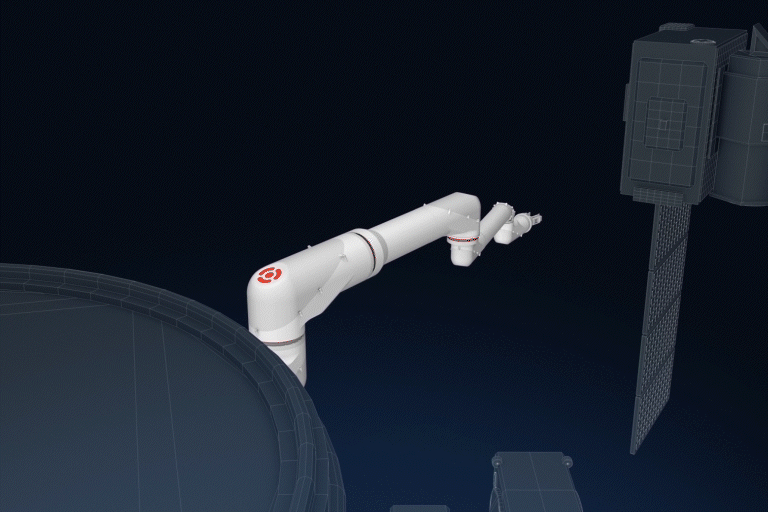Space Tugs and Robotic Arms: The Future of Commercial Space Transportation
Space tugs have been around since the 1960/70s when NASA proposed a reusable ground launch vehicle concept. This concept was part of the Space Transportation System (STS), which was supposed to reduce the cost of spaceflight while supporting ambitious projects. Their proposed space tug consisted of a basic propulsion module, perfect for a crew module or other payload that could be attached. However, this space tug, along with all other elements of STS, was never funded after cutbacks to NASA’s budget during the 1970s.
While that space tug project never got off the ground, things have come full circle in the space tech industry – space tugs are once again being engineered and built for important missions and explorations. With technology having advanced significantly, space tug capabilities have grown, leaving them ready to take on a variety of applications.
What Are Space Tugs?
Space tugs (short for space tugboats) are unmanned spacecraft that can grab and move objects in orbit. Their main goal is to provide a variety of in-orbit applications in a compact, reusable package so space can stay safe and accessible. Just like an aquatic tugboat helps ships in need of maneuvering or supply restock, space tugs operate in a similar way. When an in-orbit spacecraft goes down, runs out of fuel, or finds itself blocked by debris, the idea is for a space tug to help it out. And since space tugs require no astronauts, companies are able to save on time, money, and resources. Today’s space tugs are being designed to cut down on space junk, tug satellites out of orbit, refuel satellites and ships, keep useful satellites up longer, and more.
With so many orbital applications, space tugs are becoming something of a hot commodity in the space tech world. Recently, companies such as Spaceflight proposed tugs with satellites already attached before going to orbit. Northrop Grumman and Astroscale are currently busy creating tugs that dock with already launched satellites.
It’s safe to say that space tugs are in demand. And as more companies begin to build them, the capabilities continue to grow. But adding advanced robotics capabilities – like an arm – to space tugs is typically reserved for missions with budgets in the hundreds of millions. In an effort to keep space accessible to all, Motiv has created their own fully customizable (and cost-efficient) robotic arm: the xLink™ system. Created by the team that developed the robotic arm for NASA/JPL’s Mars 2020 Perseverance Rover, the xLink™ delivers industry-leading robotics capabilities for a wide range of missions, including space tugs. Modular and scalable, the xLink™ is designed to fit a wide range of tasks such as on-orbit assembly, positioning modules, and equipment, deploying large-scale payload elements, servicing satellites, and more. With its adaptability and dexterity, the xLink™ arm can increase the capabilities and success of space tugs and other in-orbit robotic applications. The xLink™ system’s first planned mission will be aboard NASA’s OSAM-2 (On-orbit Servicing, Assembly and Manufacturing) spacecraft, where it will perform tasks to enable the deployment of 3D printed, 5-meter solar array. And you don’t need a massive budget to add one to your space tug.
As space gets more crowded, with billionaire space races and companies like NASA pushing farther into the galaxy, space tugs, and their accompanying technology are proving to be a necessity to keep space clear. And with off-the-shelf robotics like Motiv’s xLink, space tugs are getting the extra capabilities they need to provide essential commercial services. Committed to providing unprecedented technologies and capabilities with their robotics, Motiv hopes that xLink™ will play a critical role in the next generation of space exploration, habitability, and commerce.
